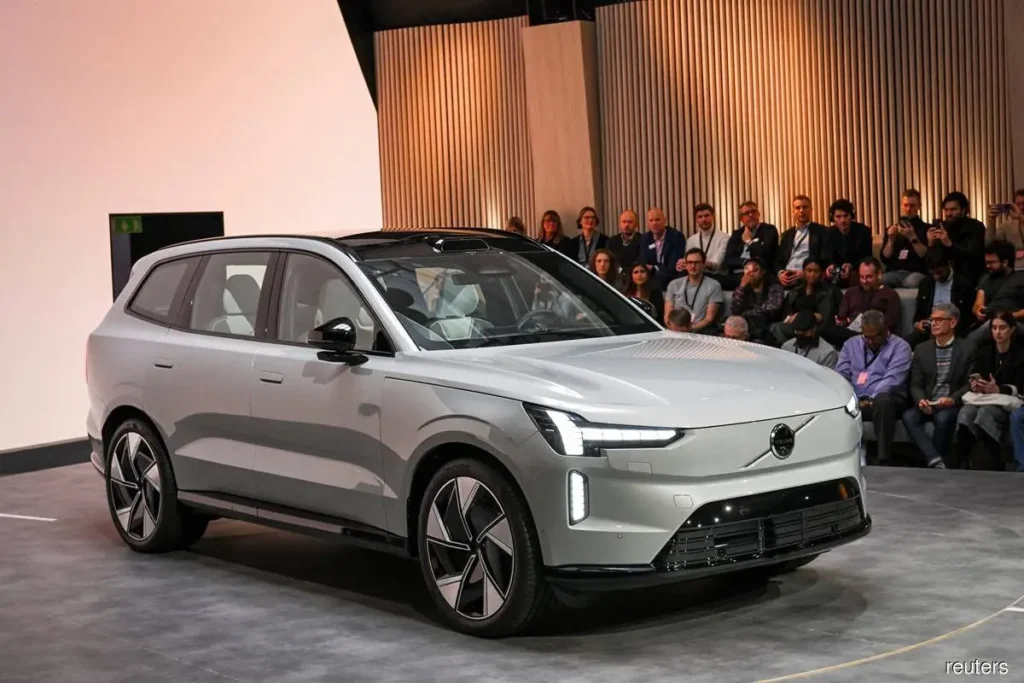Volvo Revises 2030 EV Goal, Targets 90-100% Electric and Hybrid Mix Amid Market Shifts

- Volvo adjusts its 2030 goal from fully electric to a mix of 90-100% plug-in hybrids and EVs.
- Changing market conditions and waning demand prompt Volvo to adapt its electrification strategy.
- CEO Jim Rowan emphasizes the company’s commitment to an electric future despite a non-linear transition.
Volvo Car AB has revised its electric vehicle (EV) strategy, moving away from its initial goal of becoming fully electric by 2030. Instead, the company now plans for plug-in hybrids and battery-only models to make up 90-100% of its global sales by that year, allowing for a small percentage of mild hybrids.
Volvo’s shift in strategy mirrors a broader trend among automakers responding to fluctuating market conditions and demand. “We are resolute in our belief that our future is electric,” stated Jim Rowan, Chief Executive Officer of Volvo Cars. “However, it is clear that the transition to electrification will not be linear, and customers and markets are moving at different speeds of adoption.“
Adapting to Market Dynamics
The change comes as demand for electric cars cools in Europe, exacerbated by reduced subsidies in countries like Germany and Sweden. As a result, manufacturers such as Mercedes-Benz and Volkswagen have similarly scaled back their EV ambitions. Additionally, Volvo faces challenges from international trade disputes, notably tariffs imposed by the US and EU on Chinese-made EVs, including some Volvo models. This geopolitical tension has led to strategic adjustments, such as postponing the US shipment of the EX30 SUV to 2025.
Environmental Impact and Commitments
Volvo also revised its carbon reduction goals. The company now aims to cut CO2 emissions per car by 65-75% by 2030 compared to a 2018 baseline, down from an earlier target of a 75% reduction. Despite this adjustment, Volvo asserts that its commitment to sustainability and investment in fully electric vehicles remains steadfast.
“Our electrification goals remain among the most ambitious in the industry,” said Rowan. “Well before the end of this decade, we’ll have a complete line-up of fully electric cars ready to go, so we can make the move to full electrification when the market is ready.“
Related Article: Most petrol car drivers score just 2 out of 10 for EV knowledge, Reveals ECIU Poll
Looking Forward
As Volvo navigates these changes, it is betting on its new flagship electric SUV, the EX90, to drive demand. Deliveries of this model to retailers in the US and Europe have begun, with first customers expected to receive their cars shortly. The EX90, alongside a refreshed lineup of plug-in hybrids like the XC90, highlights Volvo’s strategy to provide customers with diverse electrified options while balancing market realities and future aspirations.
Despite the revised targets, Volvo continues to prioritize innovation and sustainability in its product development. The company’s flexible approach aims to bridge the gap between current market conditions and its long-term vision of a fully electric future, ensuring Volvo remains a leader in the automotive industry’s shift towards electrification.












